The foreclosure effect
Number of homeowners entering into default threatens new home market, economic recovery

WASHINGTON – The Obama administration’s effort to help those at risk of losing their homes is failing to aid many and could spur a rise in foreclosures that would further depress the housing industry.
More foreclosures would force down home prices and that would deter already-ailing homebuilders from starting new projects.
As a result, the economic rebound could suffer. Each new home built creates, on average, the equivalent of three jobs for a year and generates about $90,000 in taxes paid to local and federal authorities, according to the National Association of Home Builders.
“Foreclosures hold down the pricing for everybody,” said Marty Mitchell, vice chief executive officer of Mitchell & Best Home Builders in Rockville, Md. “As a builder, we have to be cognizant of foreclosures, if there are more coming along, because it affects pricing across the board.”
Home construction plunged in June to the lowest level since October, the Commerce Department said Tuesday. Driving the decline was a more than 20 percent drop in condominium and apartment construction, a small but volatile portion of the housing market. Construction of single-family homes, the largest part of the market, was essentially flat.
Applications for building permits, a sign of future activity, were up slightly. But that was also the result of the volatile apartment market.
The home construction report was released one day after the National Association of Home Builders said its monthly reading of builders’ sentiment about the housing market sank to the lowest level since March 2009.
“We’re going to see very minimal new construction until the stream of foreclosures has ended,” said Jack McCabe, a real estate consultant in Deerfield Beach, Fla.
The glut of homes being sold at foreclosure or as short sales – when a bank agrees to accept less than the total mortgage amount – could rise even faster in the months ahead.
More than 40 percent of the 1.3 million homeowners enrolled in the Obama administration’s mortgage relief effort have fallen out of the program, the Treasury Department said Tuesday.
“The program really hasn’t helped a lot of people, or at least not nearly as many had been hoped for,” said Mark Zandi, chief economist at Moody’s Analytics.
Zandi predicts that about 2 million homes are likely to be sold over the next 12 to 18 months as foreclosures or short sales.
Many borrowers have complained that banks often lose their documents and then claim borrowers did not send back the necessary paperwork.
The banking industry said borrowers weren’t sending back the necessary paperwork. They also have accused the Obama administration of initially pressuring them to sign up borrowers without insisting first on proof of their income. When banks later moved to collect the information, many troubled homeowners were disqualified or dropped out.
Obama officials dispute that they pressured banks and they defend the program. Lenders are making more significant cuts to borrowers’ monthly payments than before the program was launched. And eight of the largest mortgage companies in the program have offered alternative programs to 45 percent of those who fell out of the program.
The government’s program “only reflects a portion of what’s happening in the broader marketplace,” said Raphael Bostic, an assistant secretary for at the Department of Housing and Urban Development.
While developers have cut back on construction and the number of new homes on the market has fallen dramatically, they still must compete against foreclosed homes.